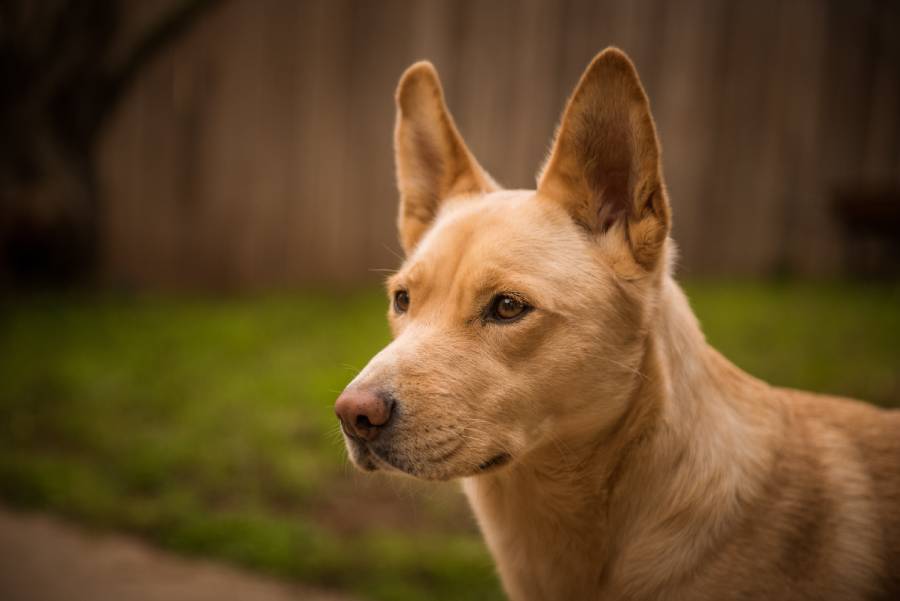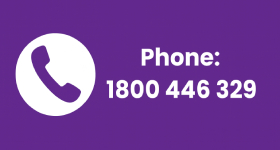Feeding your dog or cat is part of daily life, but it’s also where many well-intentioned pet owners go wrong. From oversized portions to an overreliance on treats, feeding mistakes can quietly contribute to obesity, a common but often preventable health issue in pets. Our vets at Hampton Park Veterinary Hospital have seen how small changes in feeding habits can make a big difference in your pet’s weight and overall wellbeing.
Pet Obesity
Many dogs and cats in Australia are overweight or obese. While an extra kilo might seem harmless, the additional weight can lead to serious health issues like joint pain, diabetes, and heart problems, not to mention a reduced quality of life. Most pet obesity cases are preventable with better awareness and a few simple adjustments to your feeding routine.
Not sure if your pet is overweight? The best option is to talk to your veterinarian, but you can also try out these Body Condition Scoring guides from The World Small Animal Veterinary Association for dogs and for cats. These charts will give you a general idea of what pets at a healthy weight will look like.
Mistakes in Feeding Your Pet
Mistake #1: Estimating Instead of Measuring. Grabbing a scoop or pouring food “by feel” is one of the most common missteps. Even a small over-serve adds up over time. Always use a proper measuring cup or scale to portion your pet’s meals accurately based on their ideal weight and energy needs, which can be discussed with a veterinarian.
Mistake #2: Over-Treating (Without Realising It). Treats are often overlooked in daily calorie counts. Whether it’s training rewards, dental chews, or leftovers from dinner, these extras can quickly add excessive food to your pet’s day.
Mistake #3: Feeding Based on the Bag’s Recommendations Alone. Feeding guides on pet food bags offer generalised suggestions. Factors like breed, age, lifestyle, and whether your pet is desexed all influence how much food they actually need. Your vet can calculate an ideal daily portion range just for your pet. Bring in a picture of the bag label to the next vet visit!
Mistake #4: Free-Feeding Throughout the Day. Leaving food out all day encourages grazing and overeating. Instead, opt for scheduled meal times. You will be able to control your pet’s intake and spot changes in appetite that could signal health concerns.
Mistake #5: Using Food as the Only Reward. Food shouldn’t be your only form of affection towards your pet. Many pets are just as motivated by praise, play, or attention. Mixing up reward types helps reduce reliance on food while still reinforcing good behaviour.
Nutrition and Your Veterinarian
If you’re unsure about how much or what type of food your pet needs, schedule a nutrition consultation with your vet. Veterinary professionals can conduct a weight assessment and review your pet’s current feeding routine and food choices. If your pet needs to lose weight, they can come up with a safe meal and exercise plan for pet weight loss. Veterinarians can give advice about pet food brands and healthier alternatives to commercial treats, too.
Nutrition Guidance for Pet Owners in Hampton Park, VIC
Feeding mistakes are easy to make, but just as easy to fix. By understanding your pet’s nutritional needs and making a few thoughtful changes, you can lower the chances of pet obesity. Hampton Park Veterinary Hospital has nutrition consultations for pets in Hampton Park and from neighboring areas like Lynbrook, Narre Warren South, and Lyndhurst. Worried your pet might be overweight or unsure about how much to feed? Book a nutrition consultation at Hampton Park Veterinary Hospital.





